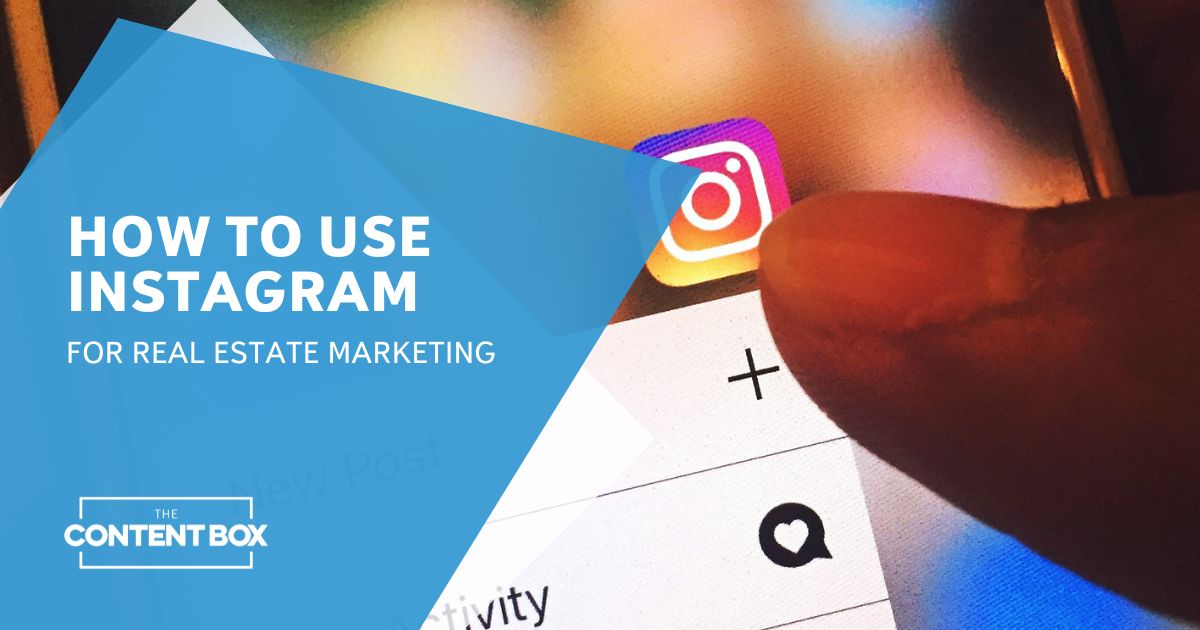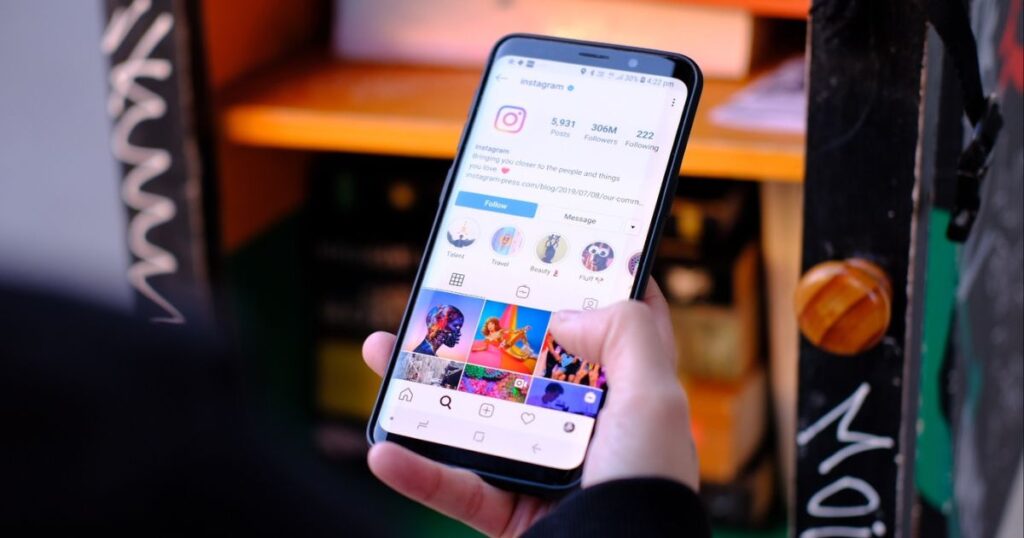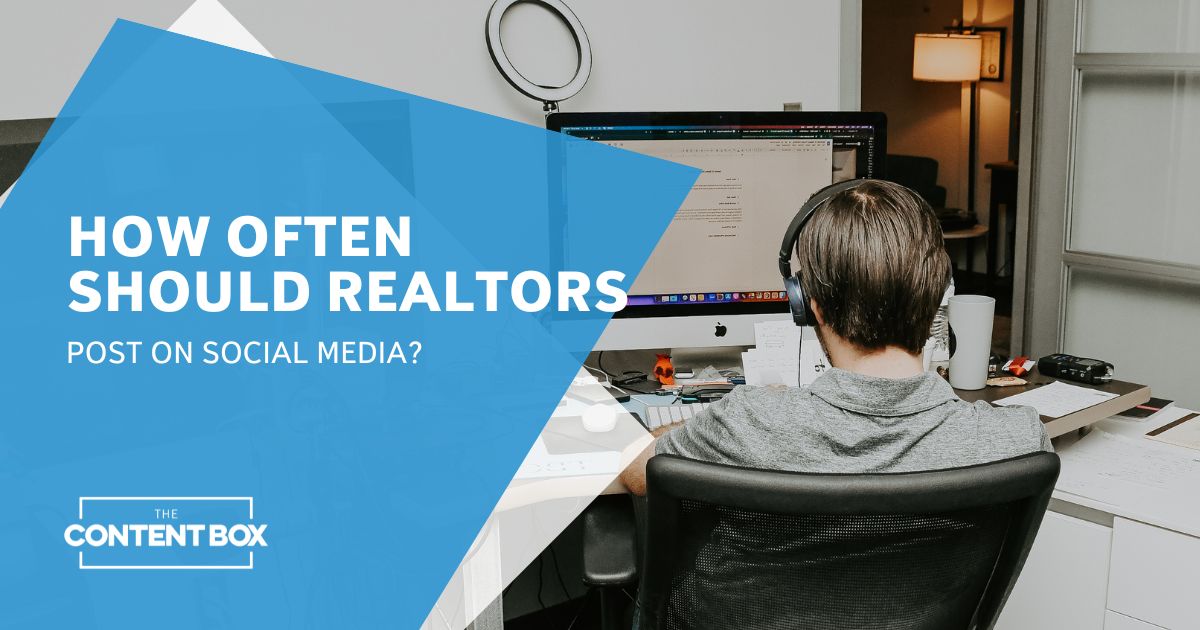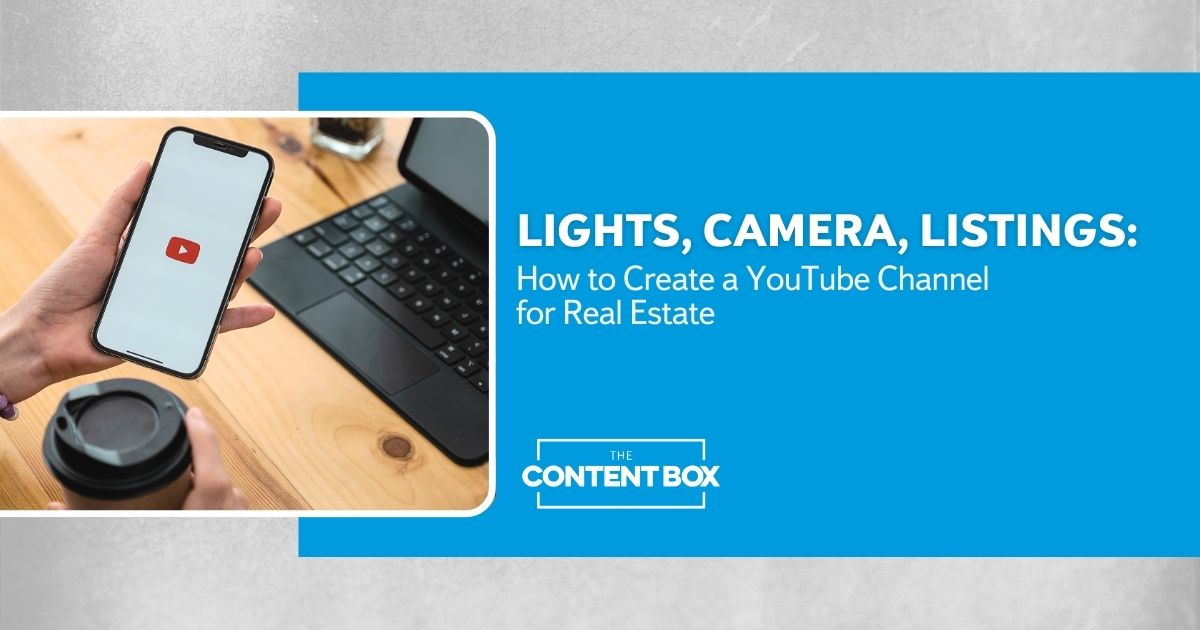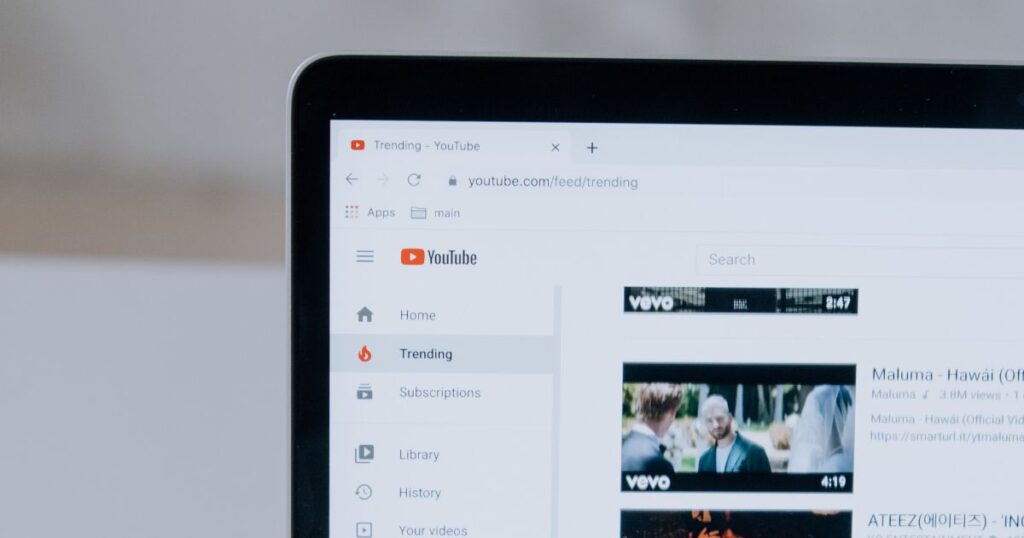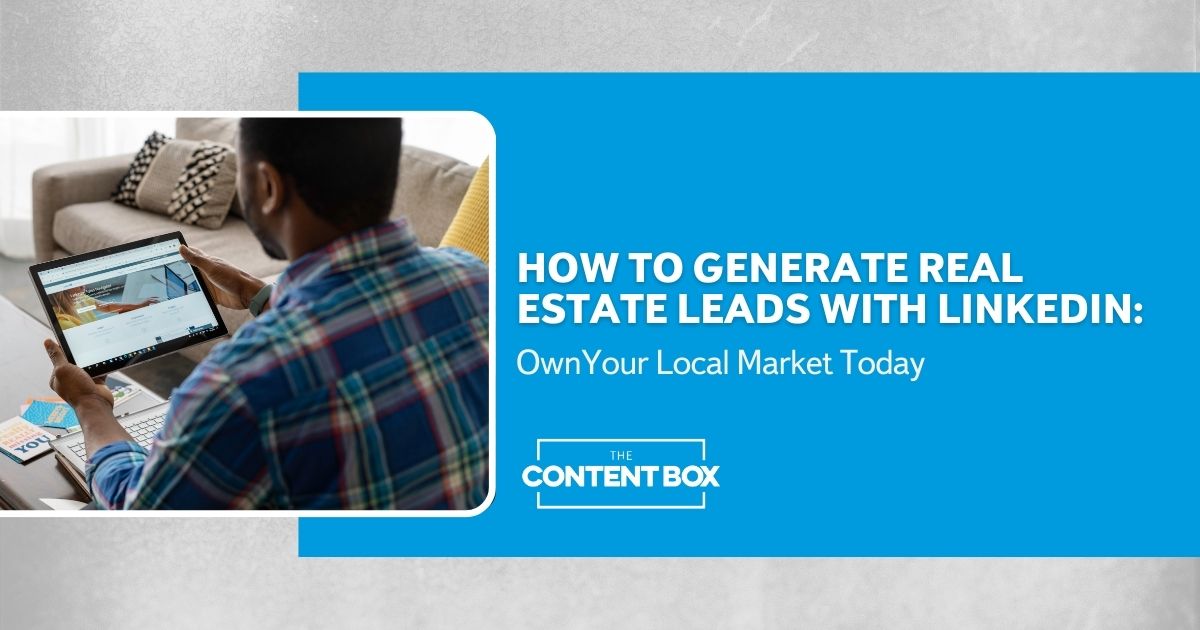Measuring Social Media ROI in Real Estate
Real estate marketing on social media apps isn’t just about pretty pictures and witty captions. It’s about getting results.
Social media is a must-have for your real estate business, but how do you know if it’s actually working? You have to know the return on investment (ROI) of your social media marketing.
Real Estate Marketing Box cuts through the noise and tells you how to measure ROI of social media in real estate. We provide the information you need so you can stop guessing and make strategic decisions about your real estate marketing.
What is Social Media ROI for Real Estate?
Social media ROI for real estate is about seeing how much bang you get for your buck. ROI tells you how much you’re getting back for every dollar you spend on social media activities.
The purpose of your real estate social media content is bringing in leads so that you can close deals. That’s what ROI is all about – measuring the real impact of your social media efforts on generating revenue.
MEASURING THE ROI OF SOCIAL MEDIA MARKETING
When you’re using social media for marketing, measuring ROI is key. It lets you:
- Justify your budget: Show stakeholders exactly how your social media efforts are paying off and keep those marketing dollars flowing.
- Improve your strategy: Figure out what’s working and ditch what’s not so you can optimize your strategy for maximum impact.
- Use data, not guesses: Make smart decisions based on real data for better social media campaigns.
- Track your goals: See how you’re doing on lead generation, brand awareness, and other key metrics.
Measuring ROI is a key part of any successful social media strategy.

Key Metrics for Measuring Social Media Marketing ROI in Real Estate
Let’s talk about the real numbers. To know if your social media real estate marketing is actually paying off, you’ve got to track the right metrics.
These are some of the numbers to pay attention to:
Engagement Metrics
Likes, comments, and shares aren’t just vanity metrics—they’re clues! They tell you what your audience likes, which helps you create even better content.
More engagement means more eyeballs on your brand, which can result in more leads.
Reach and Impressions
“Reach” is how many eyeballs see your stuff, while “impressions” are how many times it is shown. Basically, it tells you how visible you are on a social media platform. These numbers indicate how your social media efforts are doing and where you can get even more visibility.
To use reach and impression stats to see what’s really working, study the trends in your platform analytics. Try to figure out what content gets seen the most (has high reach and high impression numbers). Then make more of that.
Website Traffic
Are your social media posts sending people to your website? That’s where the magic happens! Use tools like Google Analytics to see which platforms are driving traffic.
Your website is your online storefront—it’s where people go to see your listings and learn more about you. Getting people from the social media app to your real estate website is crucial. If your social media isn’t driving traffic, it’s not doing its job.
Lead Generation
Leads are like gold, especially in the social media game. You need to know where they’re coming from, how many website visitors are turning into leads, and what each lead is costing you. Tracking your social media leads is essential for seeing if your efforts are actually paying off.
Tools that will help you track and understand your lead data are:
- Website analytics (e.g., Google Analytics)
- Social media analytics (built-in platform analytics)
- CRM systems with lead tracking and reporting features
- Dedicated social media management tools (e.g., Hootsuite, Buffer)
- Marketing automation platforms
Conversion Rates and Sales
Leads are great, but clients are better. What percentage of those leads are turning into paying customers? That’s your conversion rate, and it’s crucial. Track it for each social media platform to see where your best leads are coming from.
Then, use your CRM and tracking tools to connect your sales to your social media campaigns. Return on ad spend and overall revenue impact are how you prove the actual value of your social media marketing.

How to Measure Social Media ROI
All this talk of measuring social media ROI may sound intimidating, but not to worry—it doesn’t require a degree in finance! Calculating your real estate social media ROI involves a simple formula:
(Revenue – Investment) / Investment x 100
For example, if you generated $10,000 in revenue from a social media campaign that cost you $2,000, your ROI would be:
($10,000 – $2,000) / $2,000 x 100 = 400%
Use tools like unique tracking links, promo codes, or CRM integration to connect the dots between your social media posts and your revenue.

Maximizing Your ROI on Social Media for Real Estate
You need a solid strategy with a multi-faceted approach to boost your social media ROI for your real estate business.
Content Strategy
You need real estate social media content that pops! Create high-quality, engaging stuff that grabs attention, gets people talking (and clicking!), and keeps followers coming back for more:
- Property tours
- Neighborhood spotlights,
- Cient testimonials
- Market updates
Tailor your content to who you’re trying to reach – because a message that resonates is a message that gets results.
Platform Optimization
To make sure your real estate social media isn’t just floating out there in the digital void, you have to manage your brand strategically on a platform. Here are some tips for standing out in all the right ways:
- Professional Profile & Cover Photo: Use high-quality images that showcase your brand and personality.
- Compelling Bio: Write a concise and engaging bio that highlights your expertise and value proposition. Include relevant keywords and a call to action.
- Contact Information: Ensure your contact information (phone number, email, website) is up-to-date and easily accessible.
- Link to Other Platforms: Cross-promote your other social media profiles and website.
- Content Strategy: Use high-quality photos and videos, post engaging content, post consistently, and use storytelling to connect with your audience.
- Hashtag Strategy: Use a mix of popular and niche hashtags, create your own unique branded hashtags, and use location-based hashtags for your area.
Be sure to follow each platform’s best practices for real estate marketing to set the right tone. For example, real estate marketing on Pinterest and Facebook is different from marketing on YouTube and LinkedIn. You don’t want to blend into the background noise, but you also don’t want to stick out like a sore thumb.

Paid Advertising
There may be times when you want to give your real estate social media marketing a serious boost. Paid ads let you reach way more people and laser-focus on exactly who you want to connect with. You can target specific audience demographics or interests to really niche down on your marketing.
Paid advertising can be a powerful tool for getting those leads rolling in and driving traffic to your website. It’s like putting a spotlight on your best properties.
Community Engagement
If you want your social media to be more than a megaphone, you need to connect with people!
Building relationships with your followers is key. Chat with them, answer their questions, and show them you genuinely care.
Responding quickly to comments and messages isn’t just good manners; it shows you’re on the ball and ready to help. It’s about building a community, not just collecting followers.
Analytics and Tracking
To know if your social media strategy is actually working, you need to follow the numbers. Regularly checking your metrics and analyzing your performance is crucial for figuring out what’s hitting the mark and what’s falling flat.
Use analytics tools to track your progress and make smart, data-driven decisions. It’s all about working smarter, not harder.

Measuring ROI of Social Media: A Key to Real Estate Success
Measuring your social media ROI isn’t just a nice-to-have, it’s a must-have for real estate pros who want to see real results. Track those key metrics, crunch the numbers, and tweak your strategy to get the most bang for your buck.
Today, savvy social media for real estate marketing is essential. Do it right, and it can be a game-changer for leads, brand awareness, and growing your business.
Need help upping your real estate marketing game? Explore our social media services for real estate agents for more advice.


















